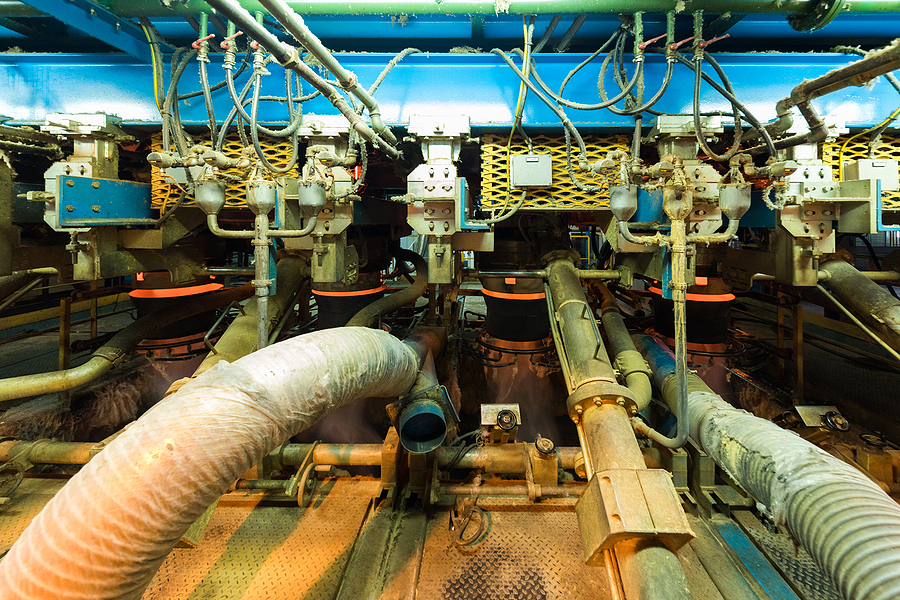Composite hose lines serve an important purpose across many industries by transferring liquids and gases with reliability. These hose lines face stress from chemicals, pressure, and frequent use, which means problems may appear if you do not maintain them properly. Knowing how to identify damage, what causes failures, the safety risks involved, and the best practices for prevention helps you protect both your equipment and your work environment.
Signs of Damage in Composite Hose Lines
You should pay attention to clear signs that a composite hose line has lost integrity. Cracks, bulges, or sharp bends in the hose material show that it no longer operates at full strength. Leaks near connections also indicate trouble with fittings or couplings. A hissing or whistling sound during use often reveals pressure escaping, which means the hose cannot contain the product safely. Regular inspections give you the chance to identify these issues before they disrupt your operation.
Another sign involves discoloration or stains on the outer surface of the hose. Exposure to aggressive chemicals often changes the color of the material, which reduces its durability and shortens its life. You should also examine fittings and couplings closely.
Safety Risks of Damaged Hose Lines
Damaged hose lines are a safety risk in any operation. Composite hose line failure causes leaks, which lead to other safety problems and other damaged equipment. Fortunately, most hose ruptures can be prevented with regular maintenance or by choosing hoses better-suited to their task. A damaged composite hose line threatens safety and production. Hose failures cause more than equipment downtime; they place you, your team, and your workplace at risk.
Damaged or leaking hoses can also lead to costly repairs and injuries. Not only can a ruptured hose let materials out, but it can also let materials into machines, causing contamination. Regulatory violations for problems like contamination are expensive. On top of the cost of repairs, your company may be looking at a substantial financial loss for not maintaining or choosing the right hoses for your needs.
Best Practices for Preventing Future Failures
A preventive program extends the life of your composite hose lines and reduces the chance of failure. Make sure that you schedule maintenance inspections regularly to avoid unexpected failures. Manufacturers provide a maintenance schedule for their products, including hoses, that should be used to coordinate preventive maintenance. That way, you can avoid a costly accident by identifying and addressing potential hose problems early.
Schedule regular inspections to identify damage before it worsens. Follow the manufacturer’s instructions during installation and confirm that each hose meets the correct pressure and chemical rating for its application. Avoid over-tightening fittings, which often causes stress fractures and weakens the connection. Keep the area around hose lines free from debris and chemicals that may degrade the outer layers.
Contact Hose Heaven for More Information
If you face issues with composite hose lines, there are options that can eliminate those problems. You may need a different type of hose or a better composite hose to handle your needs. You can find what you need by contacting Hose Heaven at (973) 404-1500 or using our contact form. We provide the knowledge and resources to maintain safe, reliable hose operations. Our services cover everything from inspection advice to replacement products that meet the demands of your application. We supply quality solutions that keep your systems operating with confidence.

